Japanese knotweed
What is Japanese knotweed?
Japanese knotweed (Reynoutria japonica, syn Fallopia japonica) is a highly invasive plant species originally from East Asia. It was introduced to Europe and North America for ornamental purposes but has since become a significant ecological and structural threat due to its aggressive growth and difficult eradication.
Read on as we explore everything there is to know about Japanese knotweed in the UK.
Meet our expert
At Environet, all of our content is written and fact-checked by experienced experts.

Emily Grant
Japanese knotweed identification and characteristics
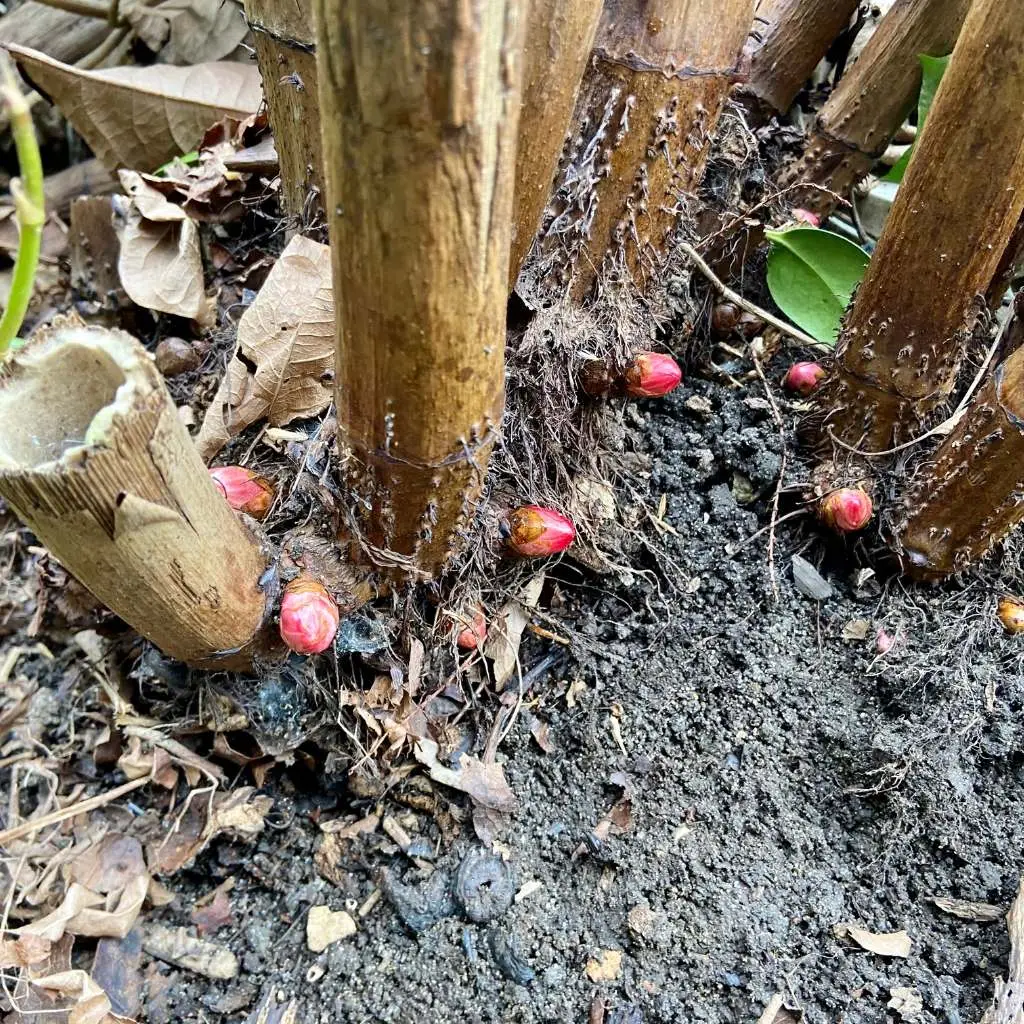
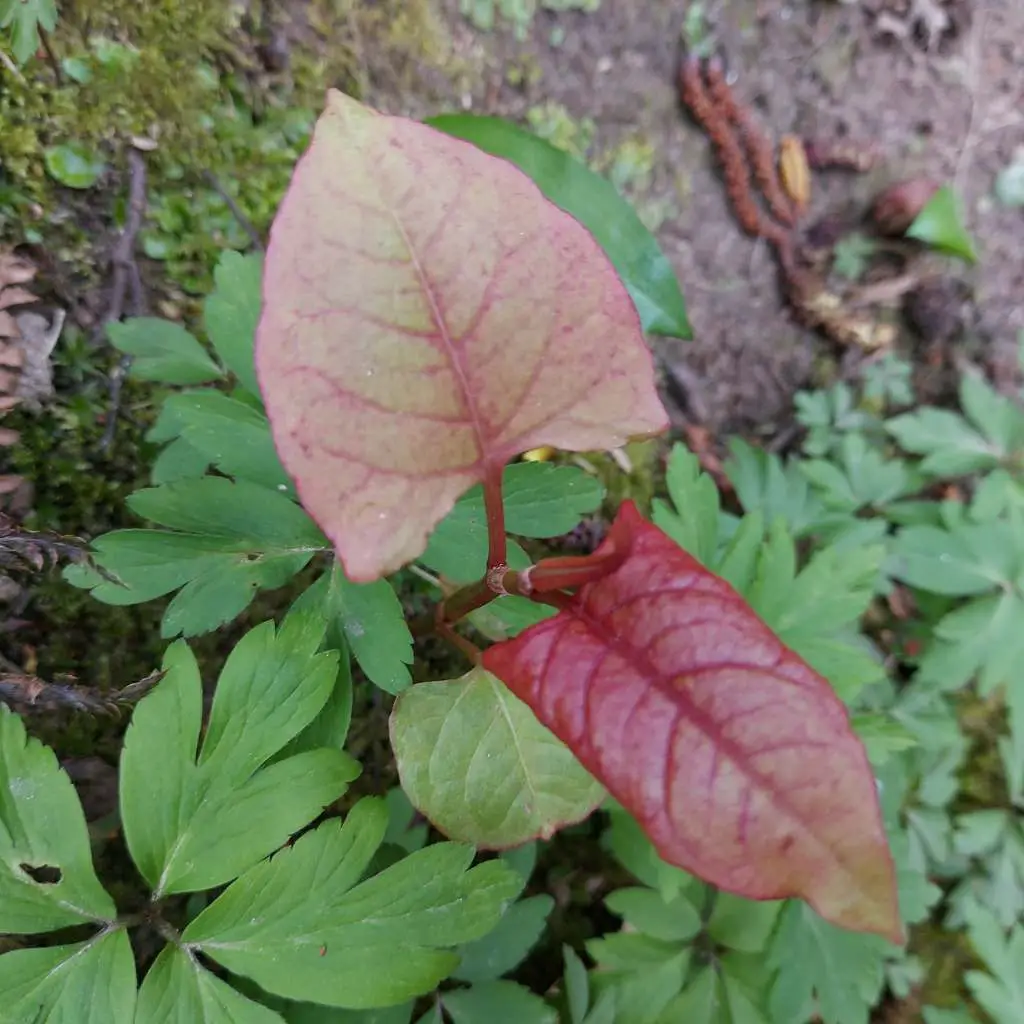
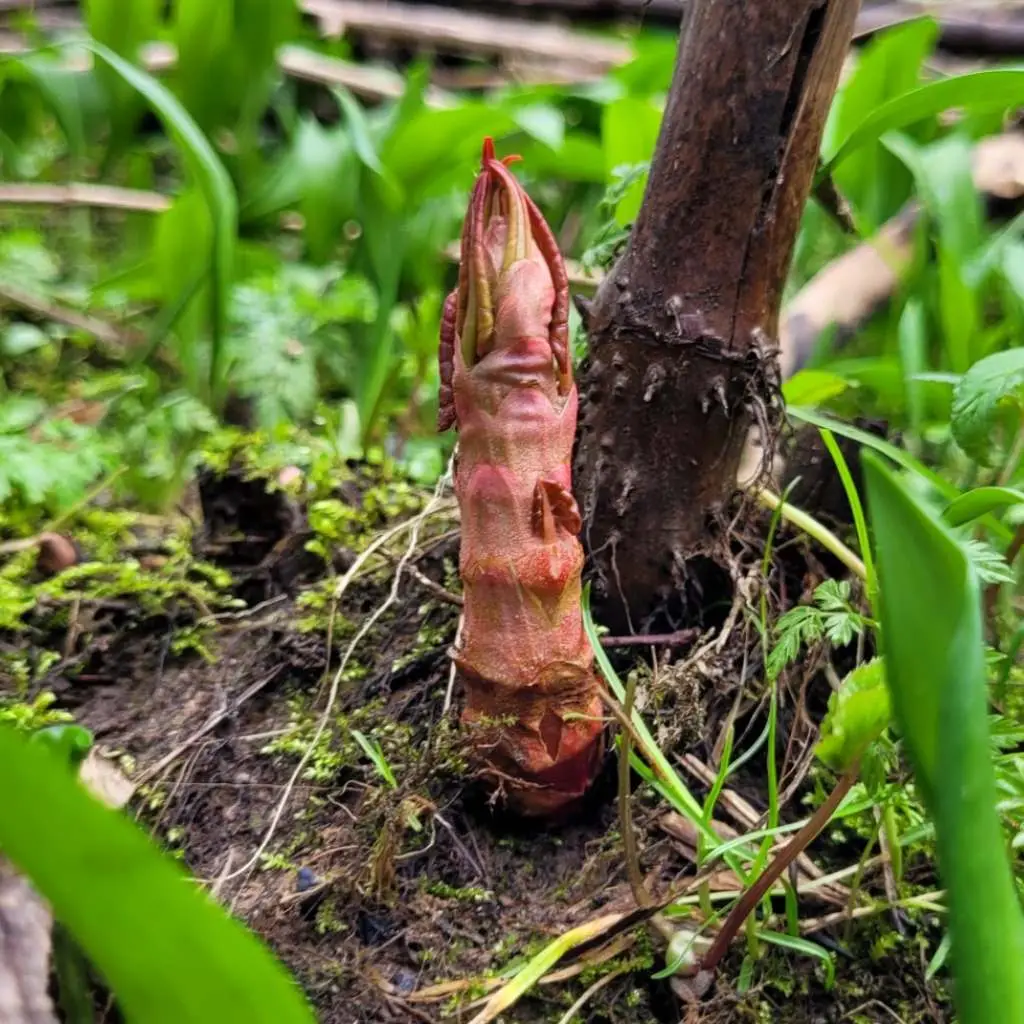
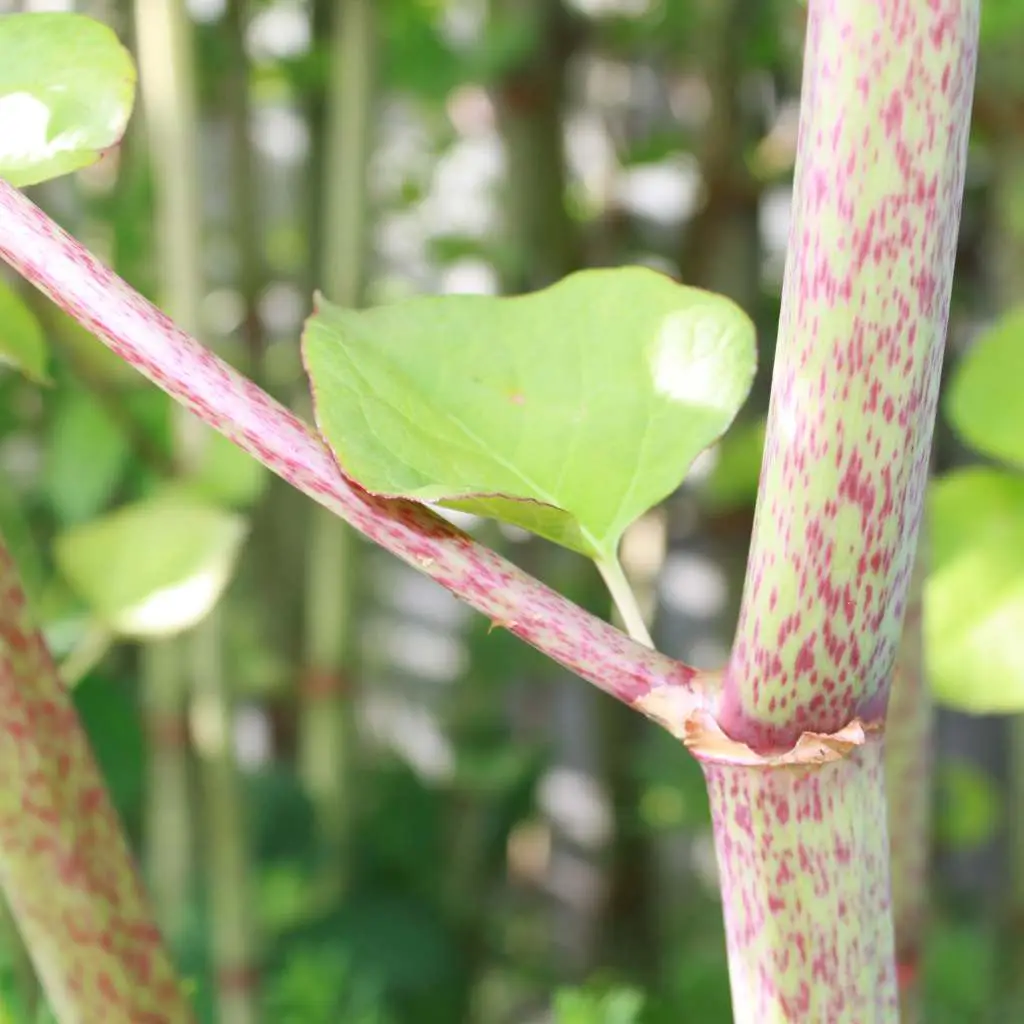
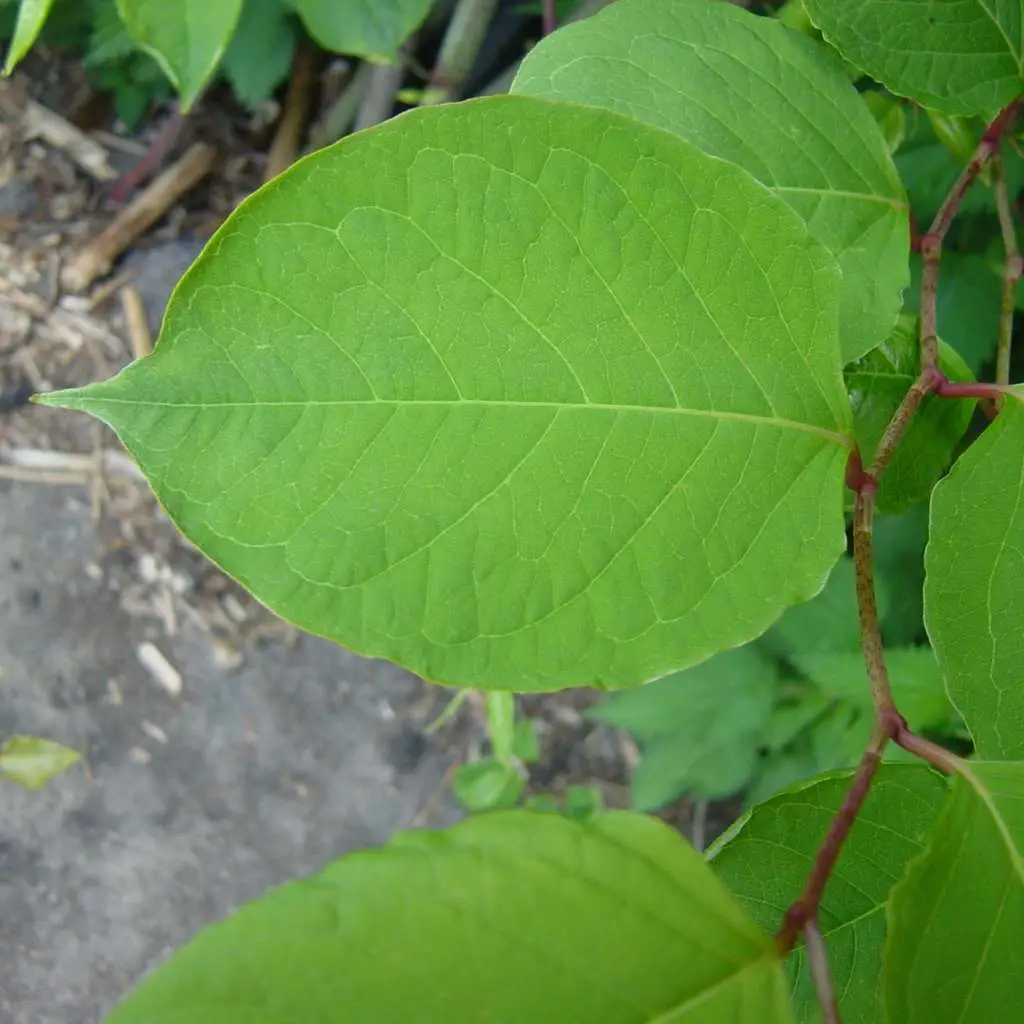
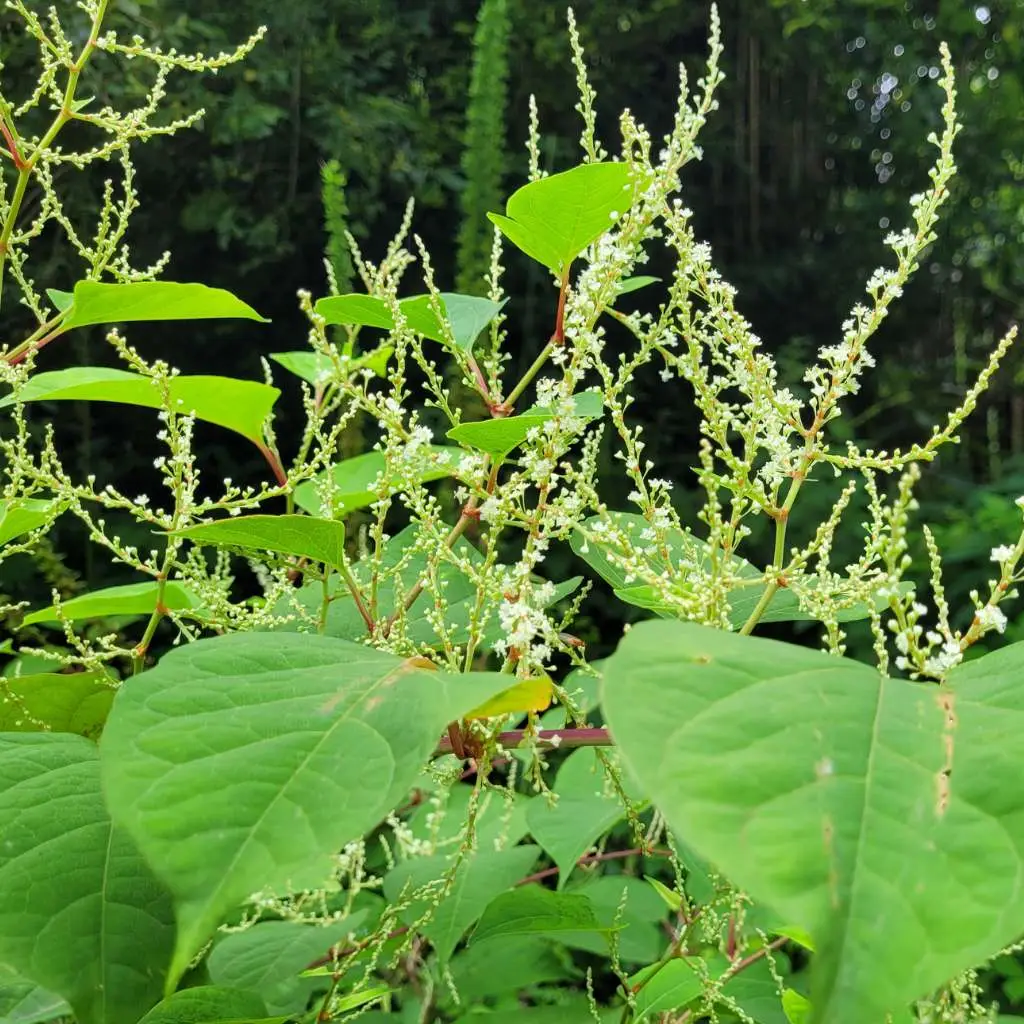
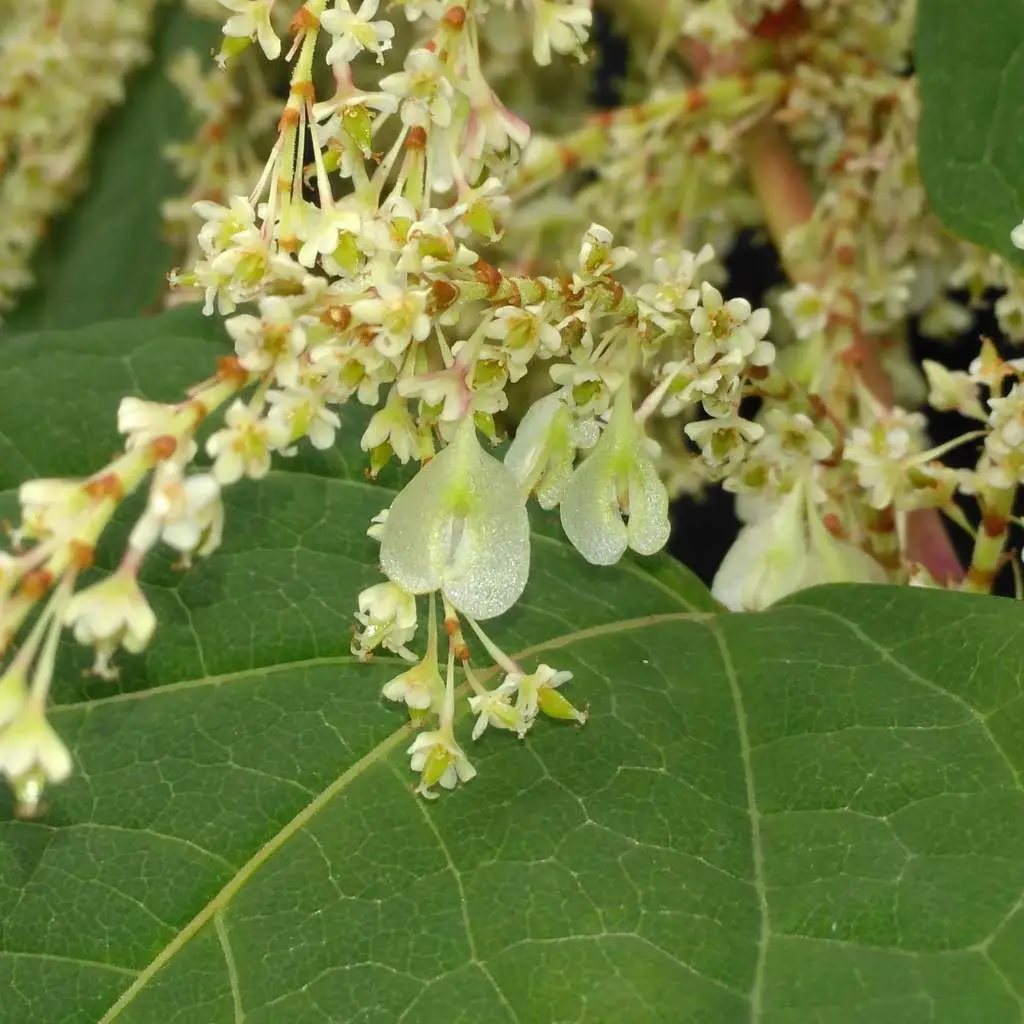
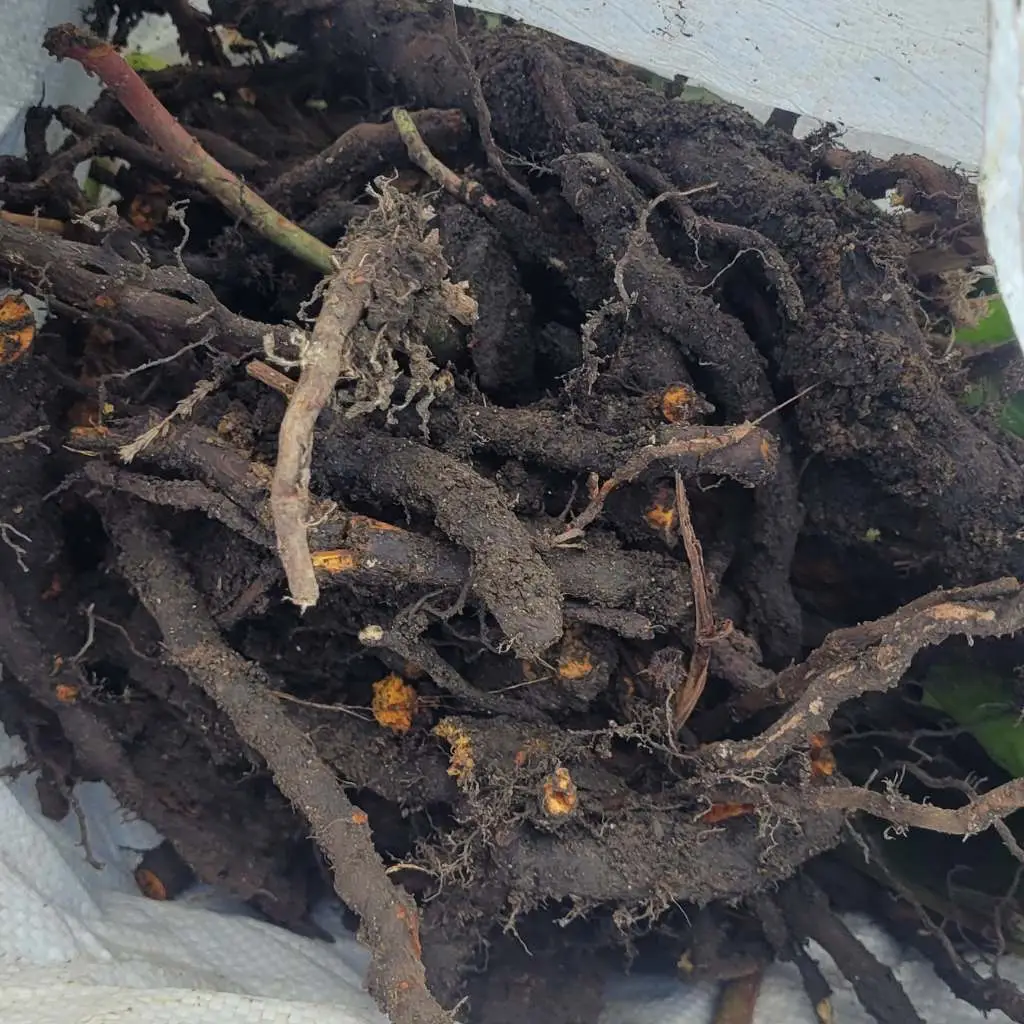
Leaves:
Heart-shaped or spade-shaped with a pointed tip, arranged in a zigzag pattern along the stem.
Stems:
Bamboo-like, hollow, and segmented with reddish-purple speckles.
Flowers:
Small, creamy white, and clustered in loose, spike-like panicles. Bloom in late summer to early autumn.
Roots/Rhizomes:
Extensive underground network, can spread up to 7 metres horizontally and 3 metres deep.
Japanese knotweed growth and spread
Life cycle and growth rate
Japanese knotweed can grow up to 10 cm per day during peak growing season and can reach heights of 3-4 metres. It has a robust rhizome system that can remain dormant and viable for many years.
How it spreads
Primarily through root and stem fragments. Even small pieces can regrow into a new plant, making it difficult to control once established.


Japanese knotweed environmental and ecological impact
Effects on ecosystem
– Outcompetes native vegetation
– Reduces biodiversity
– Can alter soil chemistry and hydrology
Ecological threats
– Damages ecosystems, particularly along riverbanks and wetlands
– Can lead to increased erosion and flood risks
Japanese knotweed legal and property issues
Legal regulations
In the UK, it is illegal to plant or cause Japanese knotweed to grow in the wild. Property owners are required to manage and control its spread.
Property impact
– Can cause structural damage to buildings and hardscapes
– Devalues property and complicates selling and buying processes
– Mortgage lenders often require proof of treatment plans


Japanese knotweed removal and treatment
Treatment options
– Chemical: Herbicides like glyphosate, applied over several years
– Natural: Physical removal, root barrier systems, insect introduction and controlled grazing
– Professional services: Specialised companies offering comprehensive removal plans
Costs and services
Professional removal costs can vary widely. Surveys and consultations are available to assess the extent of the problem.
DIY removal tips
Manual removal involves digging out the root system, which is labour-intensive and requires careful disposal of plant material to prevent regrowth.
Japanese knotweed maps and locations
Distribution in the UK and globally
Japanese knotweed is widespread across the UK, with notable hotspots. Various online maps and postcode checkers are available to see if your area is affected.
Local presence
Check local authority websites and environmental agencies for information on local infestations and reporting procedures.


Japanese knotweed FAQs
Japanese knotweed is not poisonous to humans or animals. While it’s not toxic, it’s highly invasive and can cause significant environmental and structural damage. You can read more about this in our blog.
Yes. Japanese knotweed is edible! That’s right, despite its fearsome reputation, it’s a highly prized treat in the wild foraging community! Packed with vitamins, with a lemony rhubarb flavour it can be used in both sweet and savoury dishes. Although eating knotweed is arguably good for you, it’s not going to solve your knotweed problems. Furthermore, we’d advise against it unless you can be sure that the plants have not been treated with chemicals in the past and are growing in uncontaminated ground.
From a biodiversity point of view Japanese knotweed is extremely harmful. Japanese knotweed is an aggressive and invasive species that quickly outcompetes our native flora. Evolved to tolerate much harsher conditions, our temperate climate, fertile soils and a lack of natural predators mean knotweed has the advantage. For that reason, Japanese knotweed was listed on Schedule 9 of the Wildlife and Countryside Act 1981, making it an offence to plant or otherwise allow it to grow in the wild.
The aggressive nature of the plants, and ability to survive in unfavourable conditions mean that they can cause damage to the built environment too. We often see cases of damage to hard surfaces such as patios, asphalt and drains. Although it is a myth that knotweed can grow through solid concrete, it certainly has no problem exploiting the smallest of gaps and weaknesses, eventually causing real damage. For further information on the type of damage knotweed can cause, check out our short video or read more.
In certain circumstances, it can stop you from getting a mortgage. This is usually the case if the knotweed has become so invasive that it has damaged the infrastructure of the building and walls themselves. In most cases, as long as you have a management plan in place, there shouldn’t be a problem.
Read our full guide to Japanese knotweed and mortgages here.
Having Japanese knotweed on your property is not against the law, but you must stop it from spreading into the wild, or to your neighbours. You must also be honest when it comes to selling property affected by knotweed and declare it to any potential buyer, even if you think the problem is sorted.
Read our full guide to Japanese knotweed and the law here.
Local councils and the Environment Agency will not be able to help if Japanese knotweed is on private land. But rest assured, where Japanese knotweed is identified at an early stage and tackled correctly, problems can usually be avoided. Our specialist consultants complete thorough surveys to identify the extent of the problem. Our plans aren’t one-size-fits-all; they’re customised to tackle the invasive species at your property effectively, taking account of all of your requirements.
Learn more about Japanese knotweed
Japanese knotweed resources
GET IN TOUCH
Contact us
Our team of experts is available between 9am and 5:30pm, Monday to Friday to answer your enquiries and advise you on the next steps
Want a survey?
If you already know you have an invasive plant problem, you can request a survey online in less than two minutes by providing a few brief details. A member of the team will swiftly come back to you with further information and our availability.
Need quick plant identification?
Simply upload a few images of your problem plant to our identification form and one of our invasive plant experts will take a look and let you know, free of charge what you are dealing with. We’ll also be there to help with next steps where necessary.



